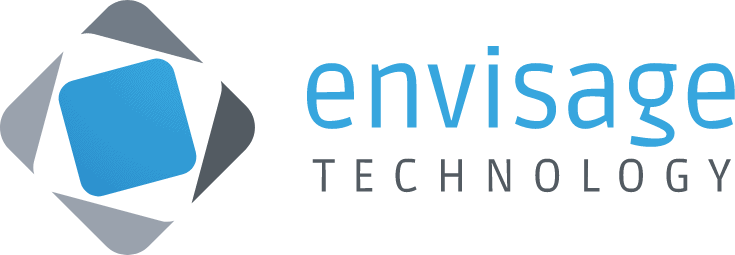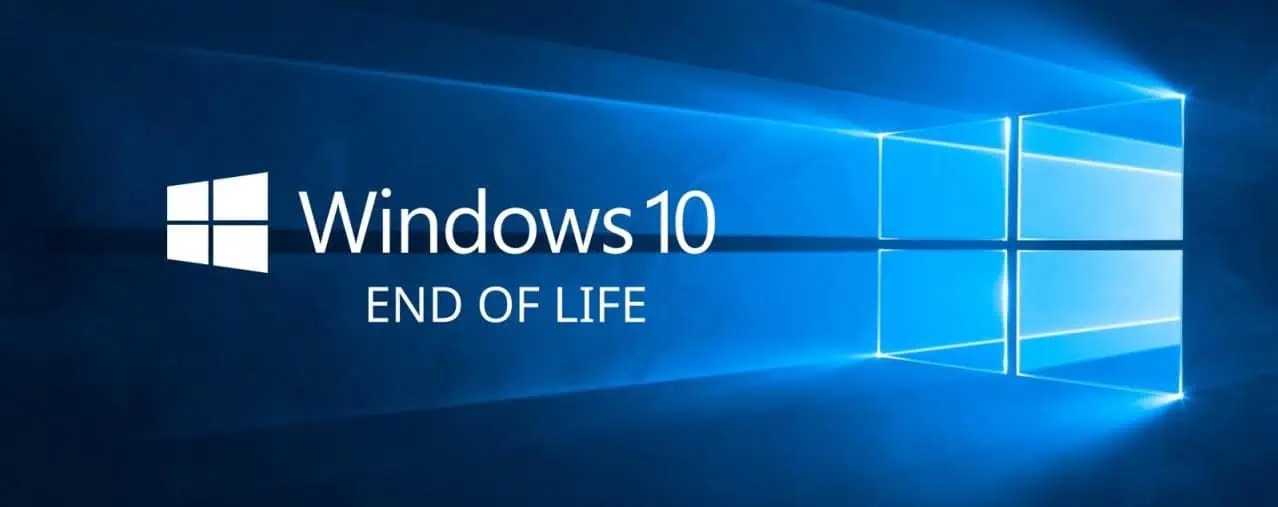By Geoff Switzer, Senior Support Engineer at Envisage Technology
For those who are not as tech-savvy as they would like, issues with malfunctioning IT systems – or user error – can prove to be the catalyst for panic, hot sweats, utter frustration and outright fear. So it is a relief when you can call your IT help desk and get through to someone who knows what they are doing.
But depending on who is working on your help desk and the systems already in place, this simple process can sometimes be equated to dealing with a government department or telco; the help you get is only as good as the person answering the phone.
At Envisage Technology, we have a problem with this because it suggests that not everyone working on the help desk is as competent as each other and has the necessary skills and information to effectively communicate with the distressed IT user to identify and rectify the problem.
When an IT system user calls the help desk, it is a true testament to any staff member who can resolve an issue effectively on the one call, both through understanding the systems and being able to relate to the person on the end of the phone.
Hearing end-users say “I got through to the right tech” is another way of saying “thank goodness I didn’t get a tech who couldn’t help me”.
But this is fundamentally misleading.
If a help desk cannot satisfactorily resolve an issue, fault cannot automatically be placed at the feet of the person who happened to answer the phone.
There are a number of reasons why a help desk may not be able to address a problem on the spot, from limited time frames, a high volume of calls or even systems which are not up to the job.
If client expectations cannot be met, the help desk needs to identify the core of the problem. Is it the person, the systems or something else?
There are two key elements to creating a successful IT help desk team: the willingness of each team member to provide support to the person taking on the task and the willingness of the tech to accept the support being provided.
We have found this often comes down to information sharing and how it is done.
A solid foundation which allows each tech to tap into the available knowledge is crucial to a help desk being high functioning and consistently delivering a service which meets client needs.
This process starts with clear communication and expectations of every member of the tech support team.
At Envisage we utilise tools such as ITGlue which enables knowledge to be captured and shared at the click of a mouse, ConnectWise to communicate this with our staff and have an open and transparent ticketing system so everyone can see what has been done for clients beforehand.
If a tech has come across a new problem, or a different solution to an old one, this is documented and the knowledge made readily available for our team to draw on.
This approach has helped us to ensure our teams can deal with enquiries and issues quickly and effectively, not only through their own knowledge but also by having access to the knowledge accumulated by our team, past and present.
If a client is calling a help desk hoping they “get the right tech who can help them”, their expectations are both low and may reflect past failures of the help desk.
Utilising all the tools now available for information sharing can help inspire confidence in clients, knowing they can call the help desk and get a solution every time, rather than hoping for the best.
Isn’t that what we all want for our clients?






